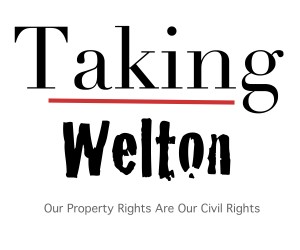Regulatory Takings Revisited
“When the condemning authority exercises its power of eminent domain it is commonly referred to as a “taking”. A “taking” is any sort of publicly inflicted private injury for which the Constitution requires payment of compensation. Our general perception of a “taking” involves a physical invasion of private property by a condemning power which results in the payment of compensation to the landowner and the transfer of ownership of the subject property from the landowner to the condemning authority.
It’s important to understand that not all “takings” involve a physical invasion and transfer in ownership of private property. One such taking has been termed a “regulatory taking”. Many courts have defined a regulatory taking as an inverse condemnation claim based on land use restrictions. Generally, regulatory takings actions have been brought on the following grounds:
Denial of a permit or license
Zoning, rezoning and other land use regulations
While more traditional eminent domain cases are initiated by the government, regulatory takings are generally initiated by the landowner as an inverse condemnation claim. Learn more about inverse condemnation claims. Before you initiate a regulatory takings case, it’s important to know what type of claim you have. Generally, these types of cases fall under three categories:
A regulation that will necessarily affect the physical invasion of unspecified private property
A regulation that substantially causes property to lose all economic utility, and
A regulation that substantially interferes with a property’s economic utility.”
Biersdorf & Associates 2 May 2014.
*
